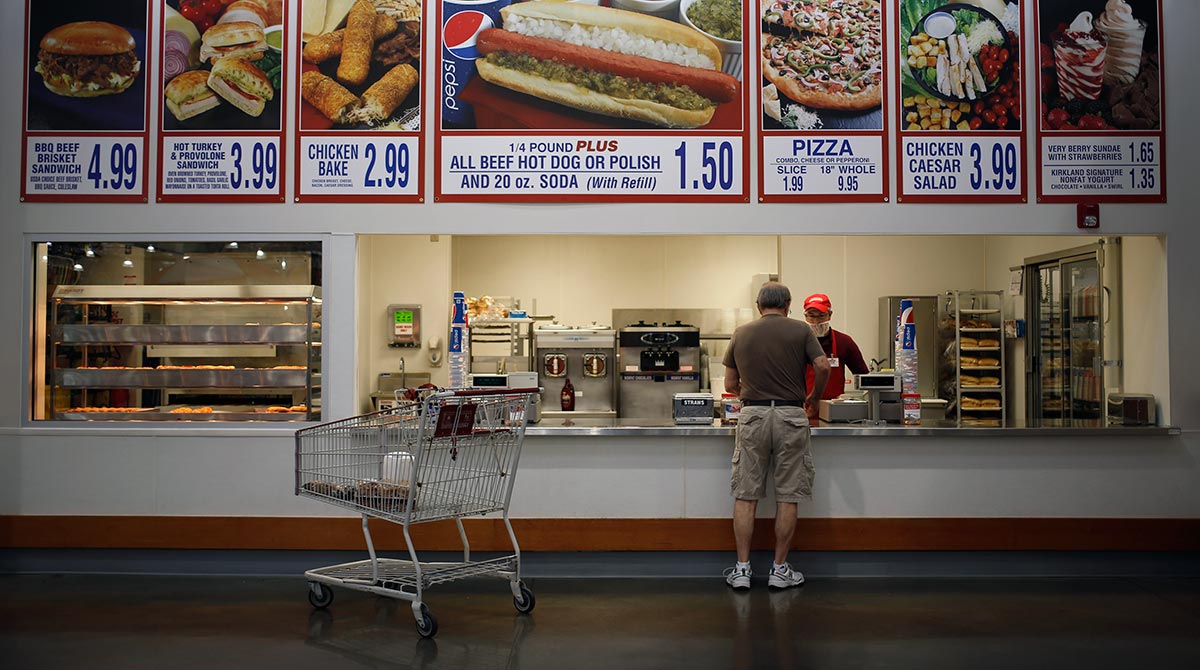Consumer Sentiment Rises as Americans Most Upbeat About Wages in Seven Years

Consumer confidence rose more than forecast in June as Americans were the most upbeat about their wage prospects in seven years.
The University of Michigan preliminary consumer sentiment index increased to 94.6, topping all estimates in a Bloomberg News survey of economists, from a final reading of 90.7 in May that was the lowest in six months.
Consistent labor-market improvement has helped buoy consumers’ attitudes even as costs at the gas pump rise from the cheapest rates since 2009. Further job gains and bigger paychecks should brighten moods and help underpin the household spending that makes up the largest part of the economy.
“The job market’s looking pretty good right now,” David Berson, chief economist at Nationwide Insurance in Columbus, Ohio, said before the report. “The trend should be upward. It’s quite likely that we’re going to see strong economic growth in the second half of the year.”
The median projection in a Bloomberg survey of 68 economists called for 91.2. Estimates ranged from 87.7 to 94. The gauge averaged 84.1 last year.
The Michigan sentiment survey’s index of expectations six months from now increased to 86.8 from 84.2 last month. The gauge of current conditions, which measures Americans’ views of their personal finances, rose to 106.8 in June from 100.8 a month earlier.
“The June data are consistent with a 3% annual growth rate in real personal consumption expenditures during 2015,” Richard Curtin, director of the Michigan Survey of Consumers, said in a statement. “The majority of consumers anticipated good times in the economy as a whole during the year ahead.”
Americans expected an inflation rate of 2.7% in the next year, down from 2.8% in May. Over the next five to 10 years, they also projected a 2.7% rate of inflation, compared with 2.8% in the previous month.
Measures of sentiment have been uneven as Americans adjust their outlook after the first-quarter growth slump.
The Bloomberg Consumer Comfort Index decreased to 40.1 in the period ended June 7, marking a record nine weeks of declines and the weakest since November, from 40.5 the prior week. Fewer Americans said now was a good time to make purchases, even as views of their personal finances improved.
The Conference Board’s consumer confidence index rose in May to 95.4 from 94.3 the prior month that was the weakest since December. More Americans viewed current economic conditions as favorable, according to the New York-based private research group’s data.
While sentiment measures are mixed, consumer spending is showing signs of life. Retail sales increased 1.2% last month after a 0.2% advance in April, Commerce Department figures showed June 11. The May gain was broad-based with 11 of 13 major categories increasing.
Federal Reserve policymakers are counting on a rebound in growth to justify an increase this year in the benchmark interest rate for the first time since 2006. The central bankers next meet June 16-17 in Washington and will release updated economic projections.
The potential for a Fed rate hike this year has businesses such as Mooresville, North Carolina-based Lowe’s Cos. on guard for the impact on sentiment and spending.
“Depending upon the nature in which the interest rate raise takes place — and how that’s communicated and the reaction — might have some potential risk in the consumer psyche as they’re willing to invest in a new home or spend on their existing home,” Chief Financial Officer Robert Hull said at a June 10 conference hosted by financial services firm Piper Jaffray Cos.
Persistent labor-market progress should help sustain expectations for a pickup in economic activity. Employers added 280,000 jobs in May, the most in five months, after a 221,000 April advance. An increase in the number of people entering the labor force caused the jobless rate to creep up to 5.5% from 5.4%, which was the lowest since May 2008.
The Michigan survey for June showed consumers projected wages would rise 2.2% a year, up from 1.3% last month and the highest since 2008. Households held the most favorable views about their finances since 2007.
Average pay for all civilian workers climbed 4.2% in the first quarter from the same period in 2014 to $22.88 an hour, Labor Department figures showed this week. That compares with a 4% year-over-year gain in the fourth quarter and is the strongest since July-September 2006.
Average hourly earnings reported with the Labor Department’s monthly jobs figures accelerated in May to a 2.3% year-over-year pace, the fastest since August 2013.



